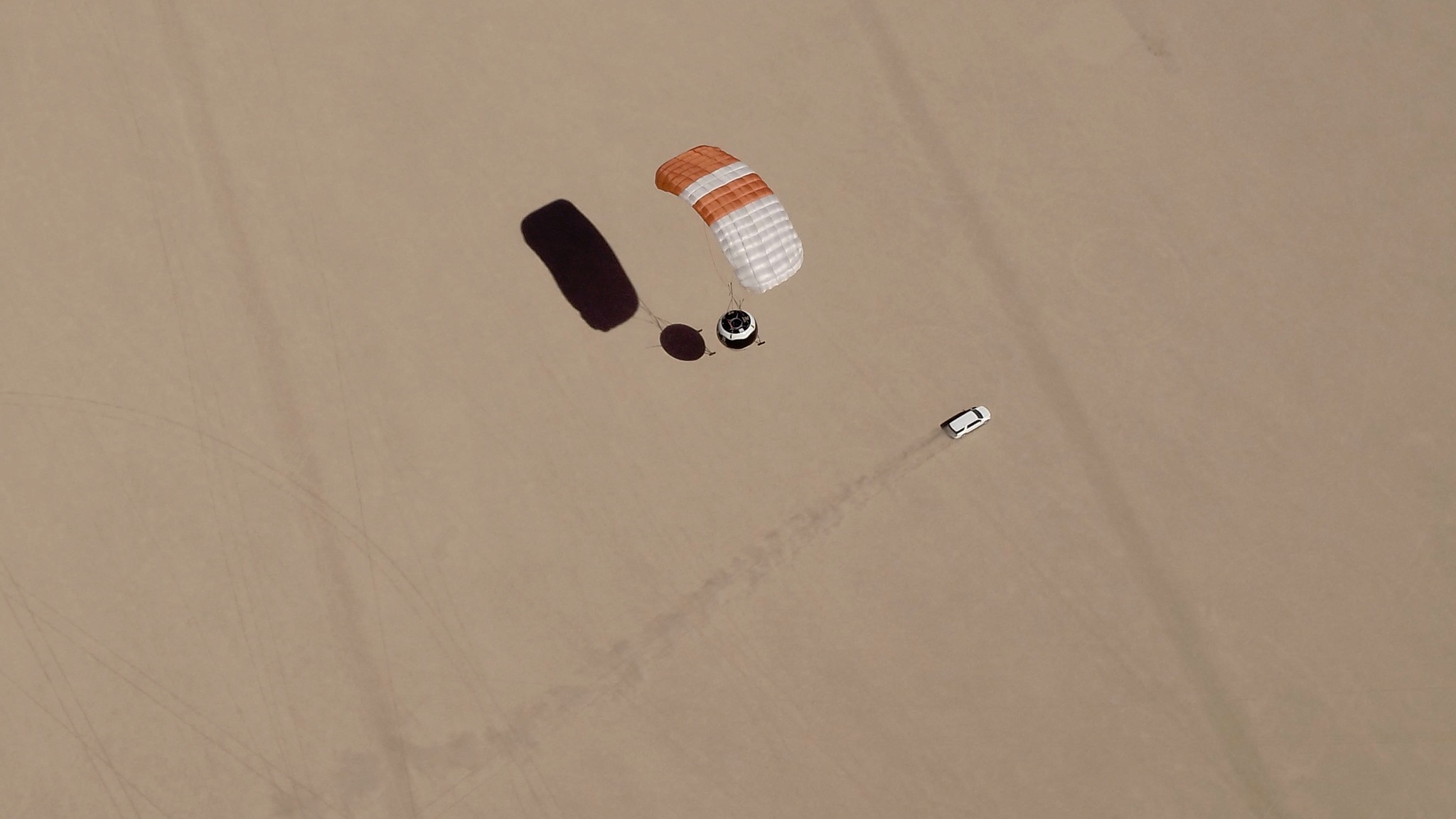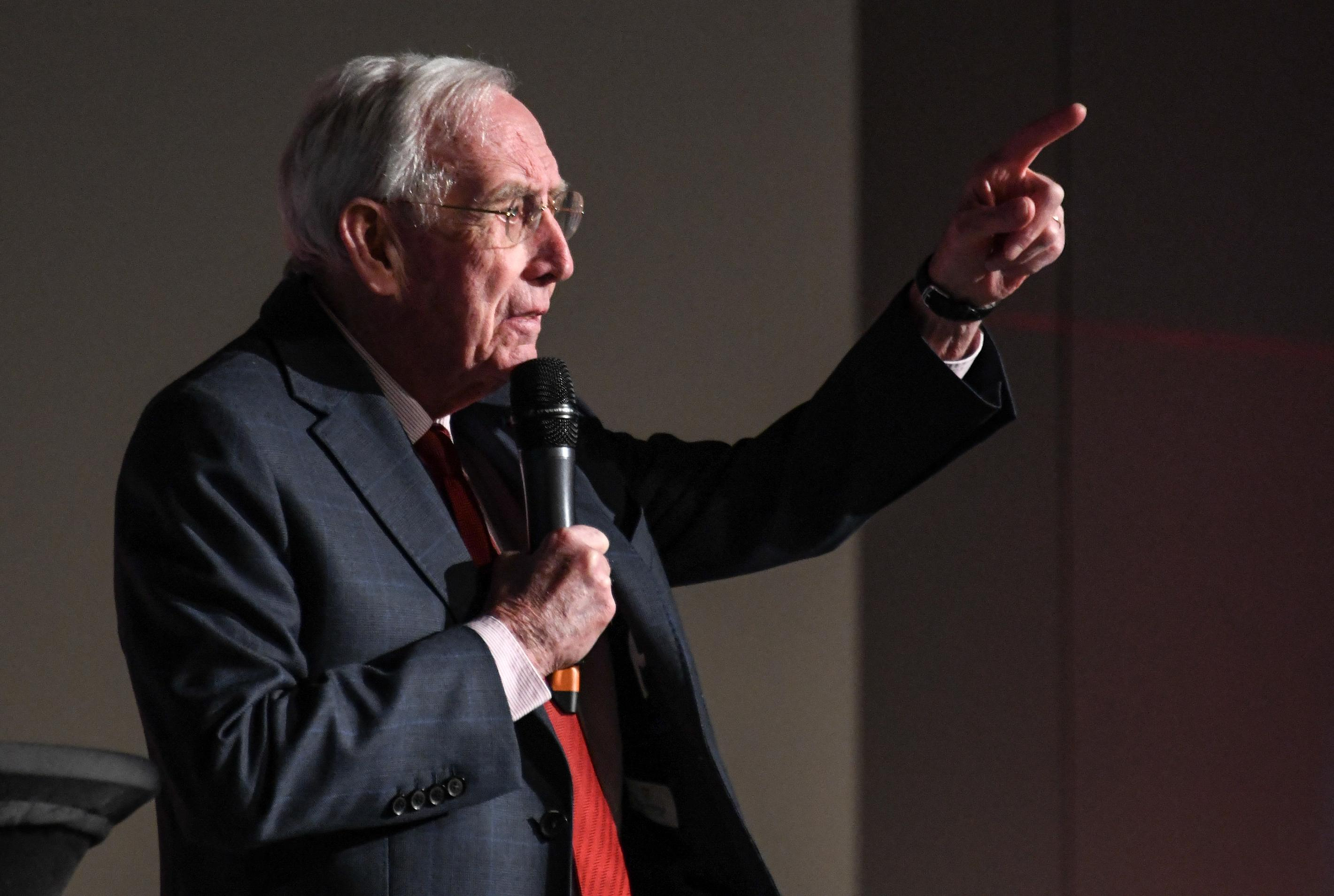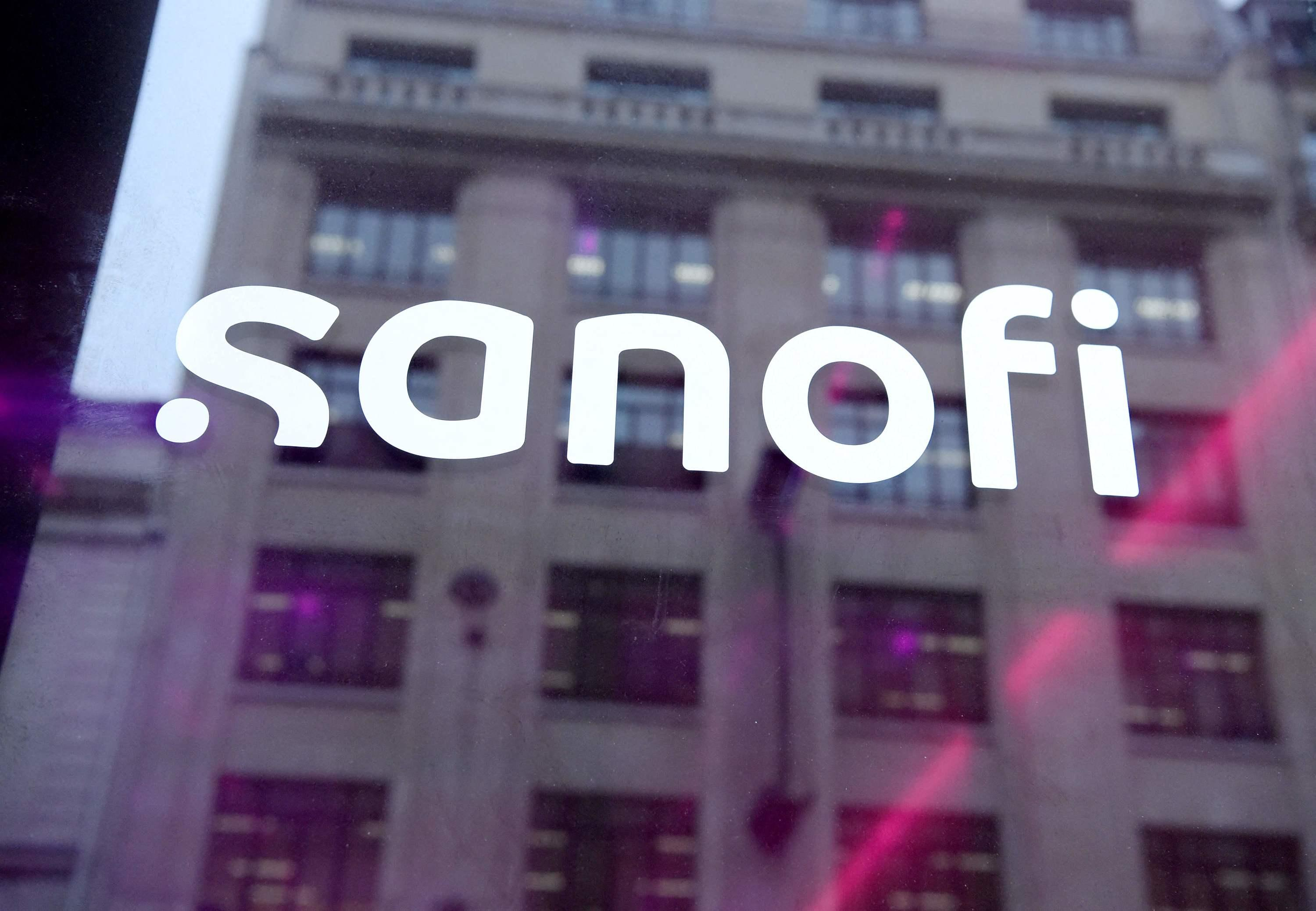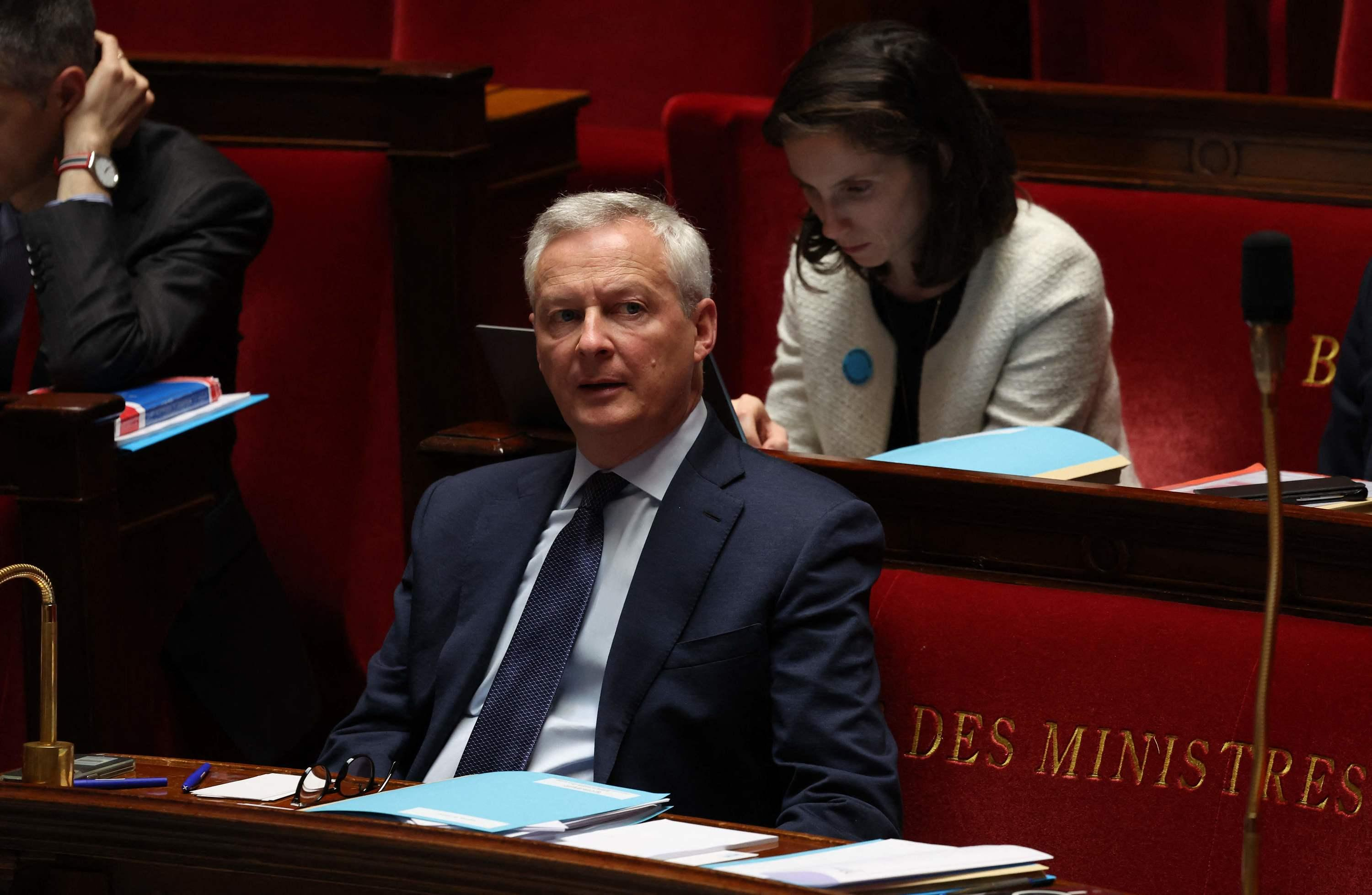The possibility of seeing the Earth from space, at a height of more than 40 kilometers, will be feasible in two years thanks to the Spanish company Halo Space.
The company estimates that it will be ready to offer the first trips to space for tourists in just two years. In 2026, users who wish to do so will be able to reserve their place for one of the flights that Halo intends to make to space at a cost of 150,000 euros per ticket.
The company plans to reach a commercial speed of 400 trips per year starting in 2029 to take more than 3,000 passengers to the stratosphere annually, which would allow them to earn around 480 million euros per year through ticket sales.
To be able to take tourists to space in two years, Halo Space has announced today that next June it will carry out its sixth test flight in Saudi Arabia, becoming the first company in the world to test all critical systems in one flight. at more than 30 kilometers high and with a life-size capsule, after having tested all these elements in a strict program of 6 test flights over just 18 months.
According to them, this sixth flight marks a milestone for the Spanish company because it completes the longest phase of the development of the space vehicle and its operating systems, carried out in a record time of only three years.
For now, the company assures that it will operate in Spain, the United States, Saudi Arabia and Australia, places where it is already collaborating with the respective agencies responsible for regulating the aerospace sector.
Specifically, the company intends to take tourists to space in a stratospheric balloon that will operate using green hydrogen. The balloon swells with this gas as it ascends, which causes the hydrogen to expand until it reaches its maximum size when there is no longer atmospheric pressure, at about 25 kilometers high. The size of the balloon at that time is 140 meters long and 130 meters in diameter.
This hydrogen ship is attached to a pressurized capsule with panoramic windows that offer a 360-degree view and capacity for eight passengers and a pilot. The capsule weighs 3,500 kilos when taking off, has a size of 5 meters in diameter and 3.5 meters in height and, according to the company, it offers a space similar to that of traveling on a commercial airplane, with the same atmosphere to be able to move or speak and without having to wear special suits.
From it, tourists will be able to contemplate the Earth's halo of blue light from outside the atmosphere on trips lasting approximately 6 hours, two to go up, two hours at a height of 35 kilometers, and two to go down.
To go down, the pilot will release hydrogen until approximately 6 kilometers high, when a paraglider will be deployed with which they will be able to land with an accuracy of about 100 meters.
For its creation, Halo collaborates closely with a consortium of aerospace companies such as CT Engineering Group, Aciturri, GMV, TIFR Balloon Facility in the development of its space flight program and Frank Stephenson Design (FSD), a London design studio for the interior design and exterior of the cabin.
"We firmly believe that this new category of space vehicle is an excellent opportunity for the Spanish space industry. We are convinced that this joint work of Spanish companies will not only benefit our companies, but will also contribute to the growth and prestige of the Spanish space sector in the international level," said Álvaro Fernández, director of Diversification at Aciturri during the presentation.
Since its inception in 2021, Halo Space has invested €10 million in the project: €6 million invested through private equity and €4 million financed through debt. "The complete project, which is progressing according to the established roadmap, foresees total financing of between 80 and 90 million euros," they say.

 Ukraine has lost 10 million inhabitants since 2001... and could lose as many by 2050
Ukraine has lost 10 million inhabitants since 2001... and could lose as many by 2050 Russia: schools will train children to use drones at the start of the school year
Russia: schools will train children to use drones at the start of the school year Austria: incestuous torturer Josef Fritzl, nicknamed the “national monster”, could soon be released
Austria: incestuous torturer Josef Fritzl, nicknamed the “national monster”, could soon be released An airline continues to treat a centenarian as a one-year-old baby
An airline continues to treat a centenarian as a one-year-old baby Sánchez cancels his agenda and considers resigning: "I need to stop and reflect"
Sánchez cancels his agenda and considers resigning: "I need to stop and reflect" The Federal Committee of the PSOE interrupts the event to take to the streets with the militants
The Federal Committee of the PSOE interrupts the event to take to the streets with the militants Repsol: "We want to lead generative AI to guarantee its benefits and avoid risks"
Repsol: "We want to lead generative AI to guarantee its benefits and avoid risks" Osteoarthritis: an innovation to improve its management
Osteoarthritis: an innovation to improve its management The French will take advantage of the May bridges to explore France
The French will take advantage of the May bridges to explore France Organic flour contaminated by a recalled toxic plant
Organic flour contaminated by a recalled toxic plant 2024 Olympics: Parisian garbage collectors have filed a strike notice
2024 Olympics: Parisian garbage collectors have filed a strike notice Controversial free trade deal between EU and New Zealand comes into force this Wednesday
Controversial free trade deal between EU and New Zealand comes into force this Wednesday Lang Lang, the most French of Chinese pianists
Lang Lang, the most French of Chinese pianists Author of the “New York Trilogy”, American novelist Paul Auster has died at the age of 77
Author of the “New York Trilogy”, American novelist Paul Auster has died at the age of 77 To the End of the World, The Stolen Painting, Border Line... Films to watch this week
To the End of the World, The Stolen Painting, Border Line... Films to watch this week Omar Sy on all cultural fronts
Omar Sy on all cultural fronts Omoda 7, another Chinese car that could be manufactured in Spain
Omoda 7, another Chinese car that could be manufactured in Spain BYD chooses CA Auto Bank as financial partner in Spain
BYD chooses CA Auto Bank as financial partner in Spain Tesla and Baidu sign key agreement to boost development of autonomous driving
Tesla and Baidu sign key agreement to boost development of autonomous driving Skoda Kodiaq 2024: a 'beast' plug-in hybrid SUV
Skoda Kodiaq 2024: a 'beast' plug-in hybrid SUV The home mortgage firm rises 3.8% in February and the average interest moderates to 3.33%
The home mortgage firm rises 3.8% in February and the average interest moderates to 3.33% This is how housing prices have changed in Spain in the last decade
This is how housing prices have changed in Spain in the last decade The home mortgage firm drops 10% in January and interest soars to 3.46%
The home mortgage firm drops 10% in January and interest soars to 3.46% The jewel of the Rocío de Nagüeles urbanization: a dream villa in Marbella
The jewel of the Rocío de Nagüeles urbanization: a dream villa in Marbella Europeans: a senior official on the National Rally list
Europeans: a senior official on the National Rally list Blockade of Sciences Po: the right denounces a “drift”, the government charges the rebels
Blockade of Sciences Po: the right denounces a “drift”, the government charges the rebels Even on a mission for NATO, the Charles-de-Gaulle remains under French control, Lecornu responds to Mélenchon
Even on a mission for NATO, the Charles-de-Gaulle remains under French control, Lecornu responds to Mélenchon “Deadly Europe”, “economic decline”, immigration… What to remember from Emmanuel Macron’s speech at the Sorbonne
“Deadly Europe”, “economic decline”, immigration… What to remember from Emmanuel Macron’s speech at the Sorbonne These French cities that will boycott the World Cup in Qatar
These French cities that will boycott the World Cup in Qatar NBA: with 46 points, Maxey saves Philadelphia single-handedly
NBA: with 46 points, Maxey saves Philadelphia single-handedly Tennis: a Nadal-Alcaraz double at the 2024 Olympics? “If all goes well, yes,” replies the cadet
Tennis: a Nadal-Alcaraz double at the 2024 Olympics? “If all goes well, yes,” replies the cadet Tennis: “Actually it was a joke, I’ll come back next year!”, Nadal bids farewell to Madrid with humor and emotion
Tennis: “Actually it was a joke, I’ll come back next year!”, Nadal bids farewell to Madrid with humor and emotion Bayern Munich-Real Madrid: “Everything is still in our hands”, welcomes Manuel Neuer
Bayern Munich-Real Madrid: “Everything is still in our hands”, welcomes Manuel Neuer
















